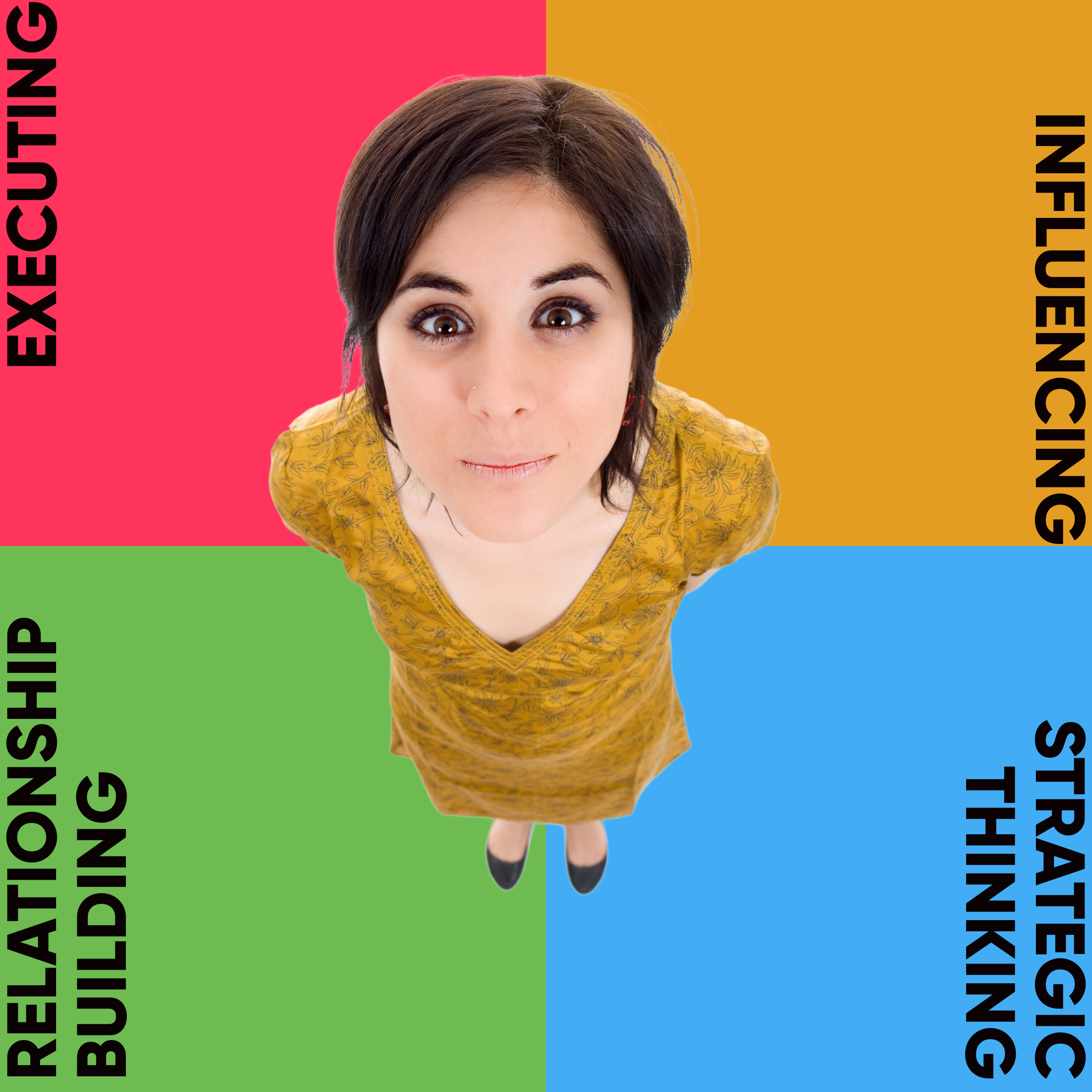Building or Outsourcing Learning & Development: Weighing the Options
What Learning and Development Can Do For Organizations
Leaders are constantly thinking: how do we upskill employees to solve business challenges without breaking the bank? Do we build our own Learning and Development (L&D) program, or do we bring a shiny external consultant, hoping their expertise will be the secret sauce?
It’s so many factors to balance. Cost. Time. Impact. Will our employees even like it?
Learning is a core function in every business, showing up at all levels and at all points in the employee lifecycle. A few places you expect to see L&D in action-
New hire onboarding and training
Manager training
Sales enablement
-and a few other places you may not expect-
Implementing a new business strategy, aka Change Management
Integrating competitive intelligence into a sales cycle
Executive coaching for a senior leader who’s “not that great with people”
Whenever an organization starts to consider how they can do things better, it’s always with the stipulation: How can we get better quickly and cheaply?
Which brings us to why we’re here: Build It or Buy It?
As organizations grow, they begin to staff full-time roles in L&D to solve these kinds of problems, though unfortunately most organizations lag behind on L&D hiring until after the pain has been felt throughout the organization. No matter the size or maturity of their L&D department, there’s clear pros and cons to building in-house vs outsourcing.
Let's break down some of the factors that go into deciding whether to build a homegrown L&D program or outsource part or all of the work.
Building an In-House L&D Program
You discover that employees on one team don’t understand what their counterparts on another team are doing. Friction between teams continues to grow, which causes the organization to lose a big customer through a series of (what seems to be) avoidable fumbles.
You bring the leaders from both teams into your office to give a very clear mandate: solve this problem.
At a small organization without any dedicated L&D resources, problems like this tend to be solved internally by adding new L&D responsibilities to a team’s plate. At larger organizations, there may be a dedicated L&D team designed to help navigate the learning design process and/or implementation, but your business need may not be the L&D team’s top priority.
Here’s what you can reasonably expect when building L&D programs internally:
Pros:
Employee Engagement: When you craft things internally, there's a magic touch of "made here". It means courses and programs are tailored to your company culture, brand, and values.
Cost: Although there’s an initial investment in creating the program, once established, you'll be saving money in the long run. No need to pay an outsider's fee for every training session or updating training materials.
Exclusivity & Uniqueness: You can challenge the norm! Create programs that no other company has. This not only provides a competitive edge but is a great PR move. "Look at how unique we are!"
Cons:
Time: Especially if you don’t have a dedicated L&D specialist on staff, it’s going to consume a lot of person-hours to get this program off the ground.
Effectiveness: Are you really sure that the finance manager is the best person to teach Excel just because they're good at it? There's a stark difference between knowing and teaching.
Negative Business Impact: Every minute an employee is making training materials and not doing their core job, the less productive they are in their assigned role. For example, taking your best sales rep off the line to write standard operating procedures will decrease overall revenue or burn out your top rep.
Hiring an Outside Consultant
Instead of pulling team members away from their core roles, an outside L&D consulting firm is brought in to assess and design a solution to the communications breakdown. Over the next three months, a brand new Internal Communication program is integrated into every employee’s yearly professional development roadmap.
No matter the organization’s size, bringing in outside L&D expertise can quickly and efficiently solve a problem. Oftentimes, a neutral outside perspective is what’s needed to untangle conflict, especially when HR and People teams are perceived to be part of the problem.
Great L&D consultants are rarely cheap, though their short-term costs may far outweigh the long-term negative impacts of trying to solve things internally.
Here’s what you can reasonably expect when outsourcing L&D programs to a consultant or training provider:
Pros:
Expertise: These folks live and breathe L&D. They’ve seen what works across industries, and what doesn’t. They can bring in best practices, cutting down the trial and error phase.
Time: They will most likely get your program up and running faster than an internal team. Less "who's doing what" and more "here's how you do it."
Employee Engagement: Sometimes, an outsider’s perspective can provide a source of novelty and creativity. Employees might pay more attention simply because an organization’s leadership team is spending top dollar for outside help.
Cons:
Cost: Consultants don't come cheap. Especially the good ones. You’ll be shelling out not just for their expertise, but their brand.
Exclusivity: While consultants will tailor their approach to your needs, there might be elements that feel less exciting or novel. Remember, you are buying tried and true solutions.
Dependency: If you don’t have internal L&D staff, you may become overly dependent on consultants. Every time there's a training need, you'll have to call them up and, of course, pay up.
Factors to Consider When Deciding To Build vs. Buy
When thinking about whether to invest internally or hire externally, reflect on past experiences. Remember the last time your team took on a massive project without prior experience? Did it feel like the blind leading the blind or a journey of discovery?
The how for learning programs is inextricably linked with the culture of your organization. You want to keep your brand and values at the core: if you bring in a consultant, can they align their service delivery with who you are and who you aim to be? If you decide to build internally, is that added responsibility part of what we expect from our employees? Will you include L&D deliverables in employee performance reviews?
And of course, whether you’re a giant like McDonalds or a start-up in a garage, the focus should always be on connection, growth, and community. How will learning deliverables- outsourced or built at home- connect people in meaningful ways to learn and grow?
It's worth noting that there's also a third way: a blend of both. Start small with an in-house program for niche company-specific topics and hire consultants for general topics or unusually complex topics. Most L&D consultants or firms are happy to break up a comprehensive solution into phases, either for budget reasons or to apply learnings from one phase to the next one.
Whatever path you choose, ensure it's the best for your company's growth, your employees' development, and your pocket. Make those decisions candidly, inclusively, and always with an eye on the bigger picture. And remember, challenge the norms, because in the world of L&D, differentiation is key.








